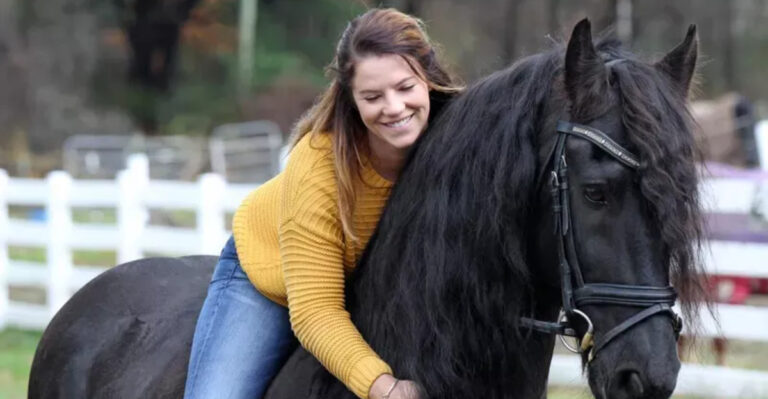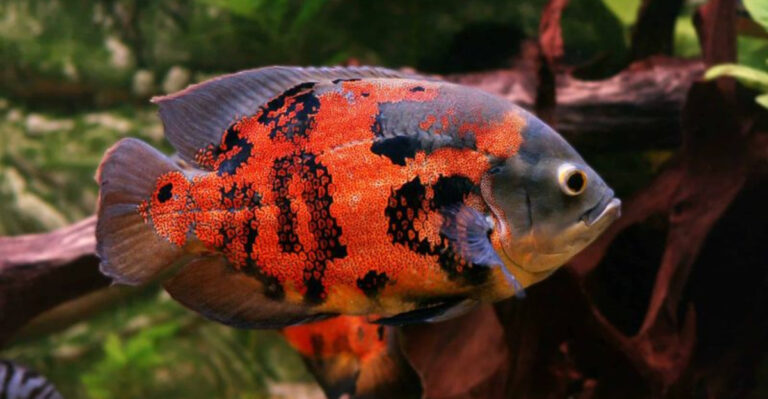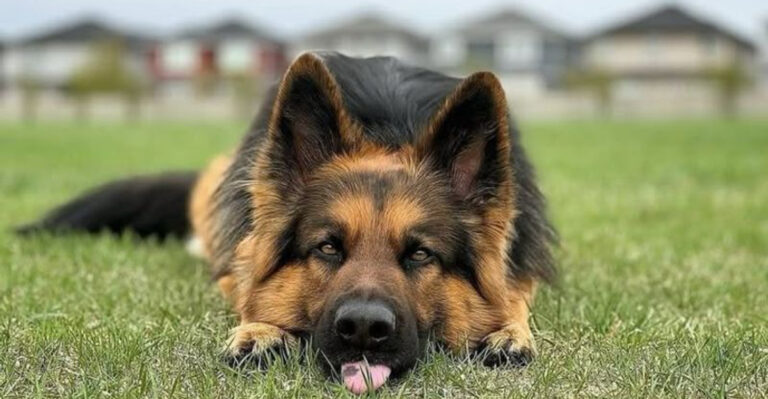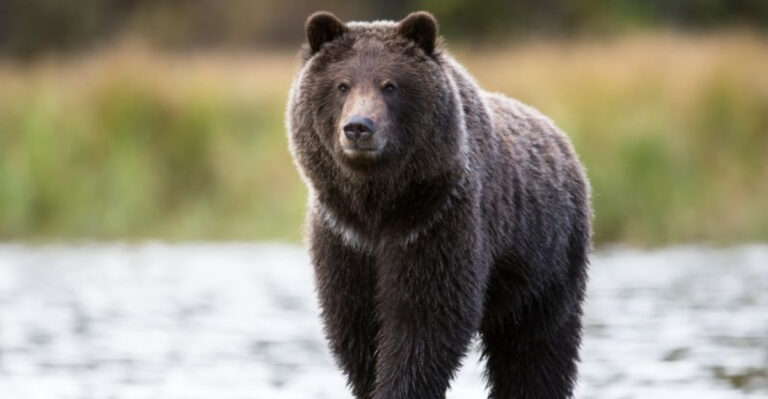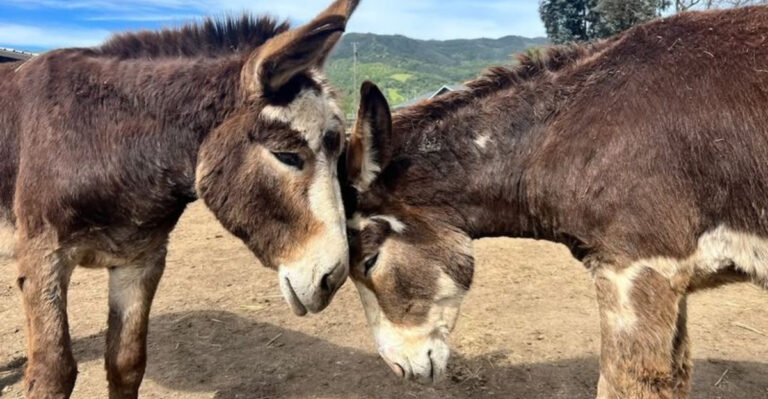15 Clever Ways Birds Communicate Without Making A Sound
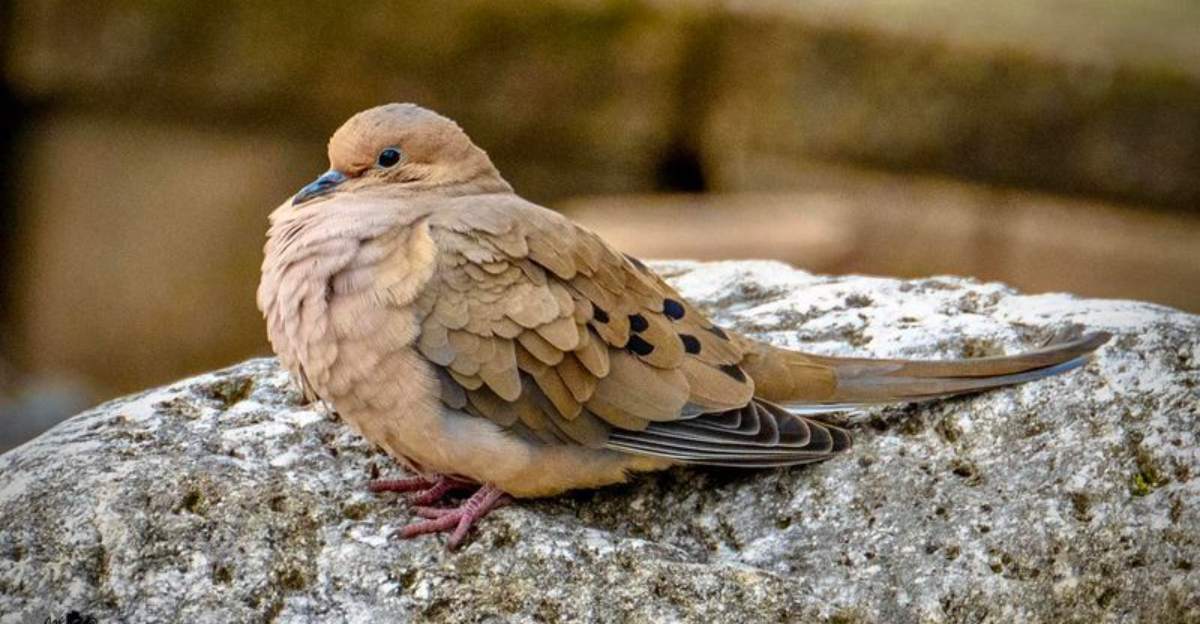
Birds are masters of communication, often using sounds to convey messages, but they have an arsenal of silent gestures, movements, and visual cues that are equally effective.
Let’s explore intriguing ways birds express themselves without a peep, from their mesmerizing dances to subtle feather movements.
1. Feather Fluffing
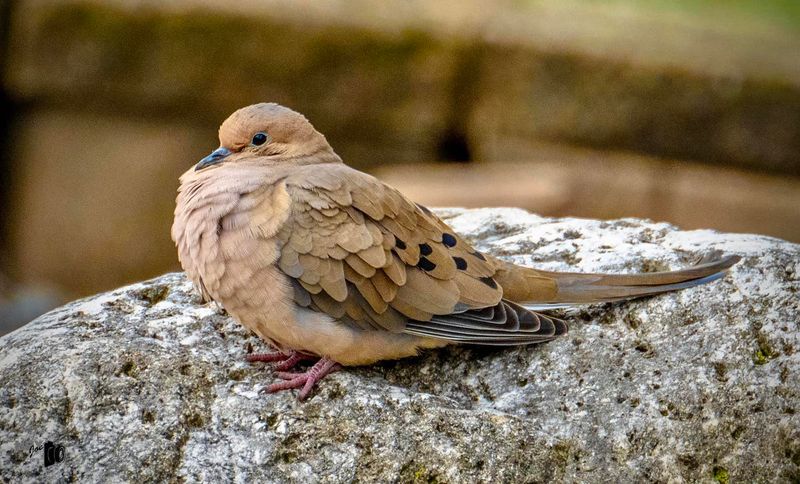
Ever noticed how a bird puffs up like a fluffy pillow? Fluffing feathers isn’t just for warmth – it’s a sign they’re feeling comfy or ready for some action!
When birds fluff up, they’re communicating confidence or contentment. It’s like when we stretch in the morning.
2. Wing Flicking
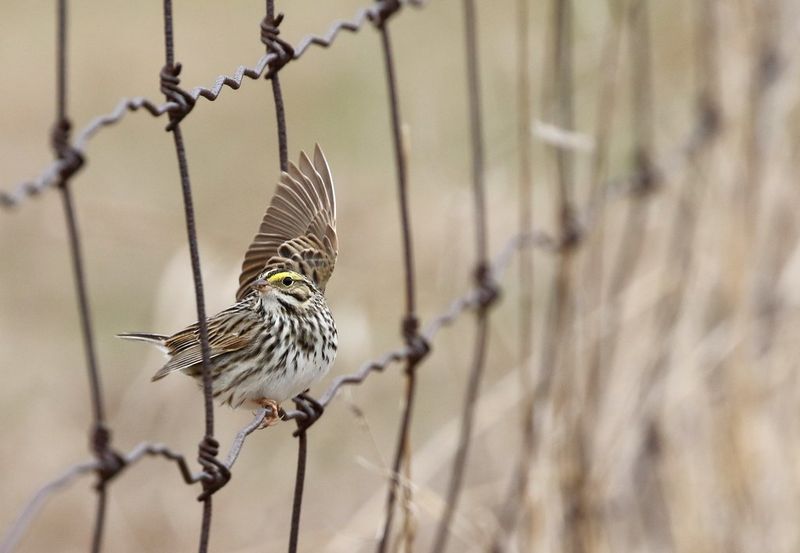
A rapid flick of the wings might seem insignificant, but in the bird world, it’s a clear message. This movement can signal irritation or a desire for attention.
Flicking wings is a visual indicator that something’s on their mind. Observing these gestures helps us understand the subtle art of avian body language.
3. Tail Spreading
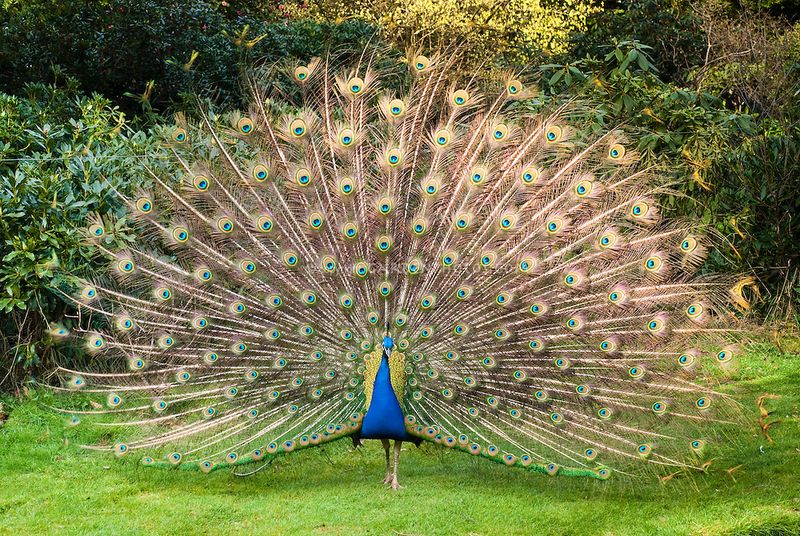
When a bird fans out its tail, it’s not just showing off its pretty plumage. This gesture can be a sign of aggression or a territorial display.
Observers might think it’s just for beauty, but it’s a bold statement in the bird community.
4. Beak Clapping
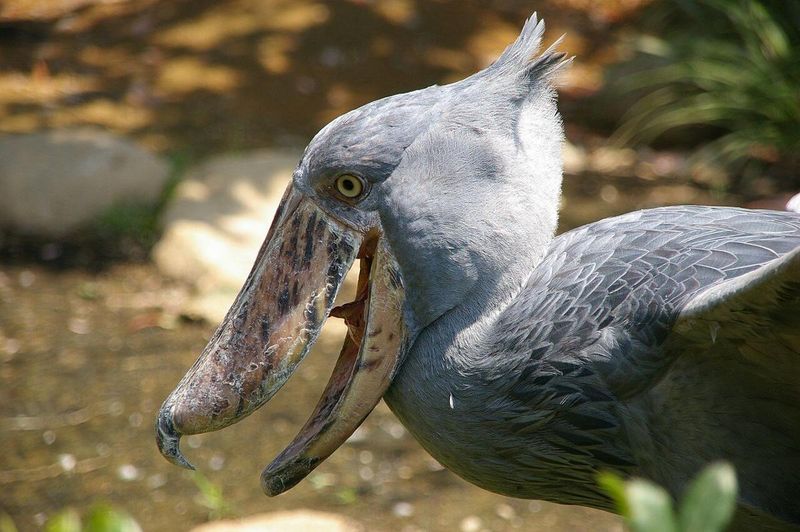
Ever heard the sound of beak clapping? Well, even if you haven’t, it’s a big deal in bird circles. This silent clapping, often seen in storks, is a sign of greeting or courtship.
Beak clapping is a sophisticated way birds communicate affection or establish connection without song.
5. Head Bobbing
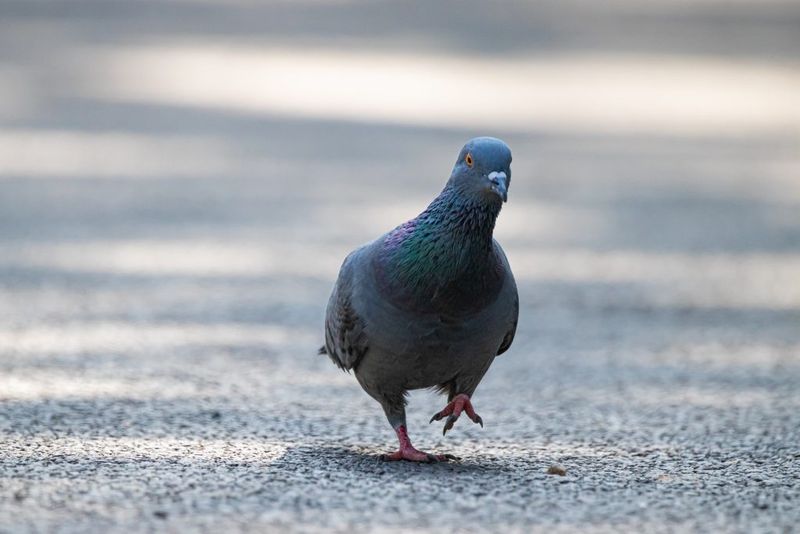
Watch a pigeon bob its head, and you may think it’s just grooving to its own beat. But this rhythmic movement is all about balance and communication.
Head bobbing is like nodding in agreement or acknowledging each other’s presence.
6. Wing Drooping
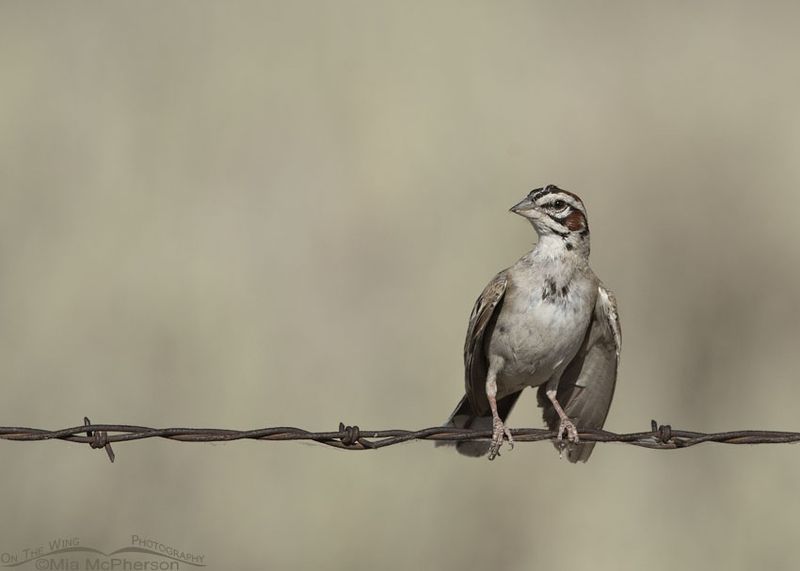
Drooping wings might look like a bird’s having a lazy day, but it’s a powerful gesture. It can indicate submission or fatigue, a way to show they’re not a threat.
This peaceful posture speaks volumes without a single tweet.
7. Eye Contact
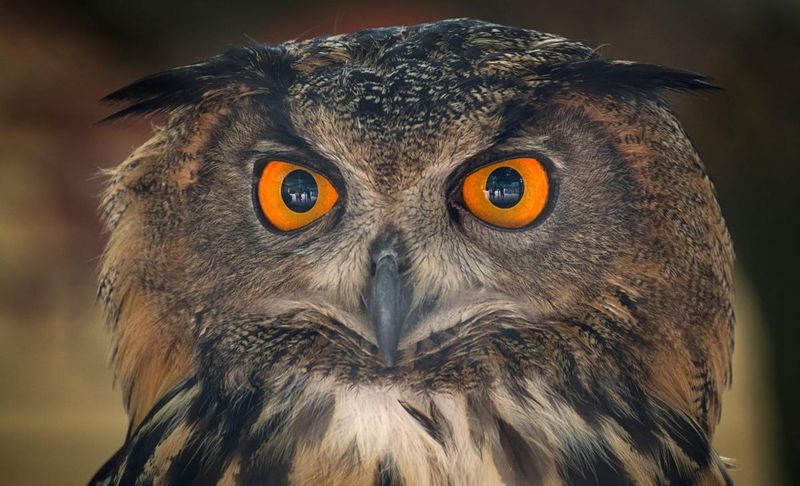
Eyes not only help birds see the world, but they’re tools for silent conversation. Direct eye contact can be an intense warning or a sign of curiosity.
Birds use their eyes to express dominance, interest, or caution. This unspoken gaze is a powerful tool in the nuanced art of avian interaction.
8. Leg Stretching
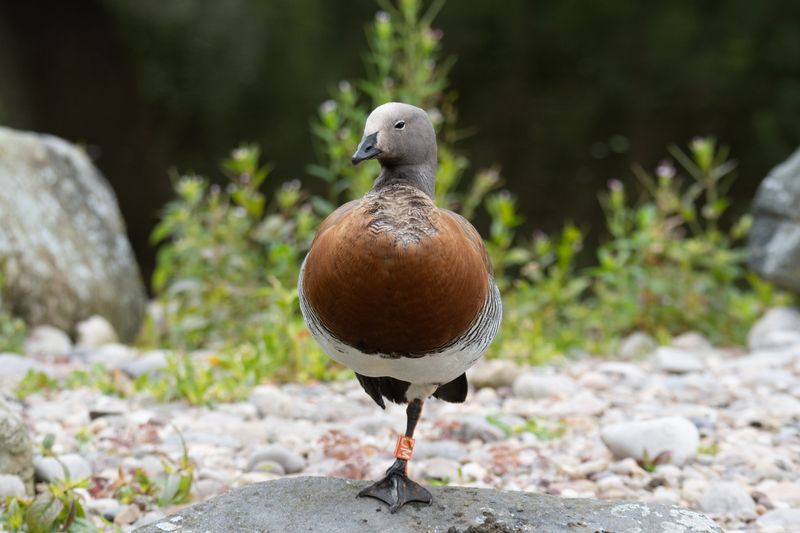
If you spot a bird stretching its leg, it’s not just trying out yoga. Leg stretching can be a sign of relaxation or a gentle way to show off.
In bird talk, it’s an expression of ease and confidence. This movement is like our leisurely stretch after a nap, indicating contentment and readiness to engage with the world around them.
9. Preening Display
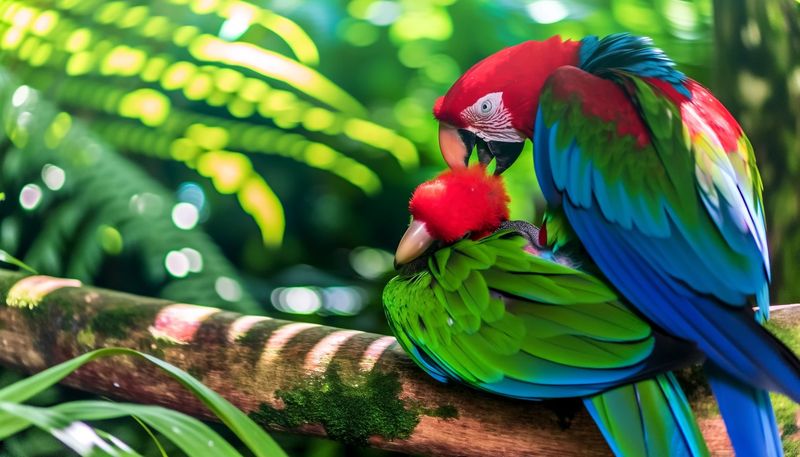
Preening might seem like a bird’s personal spa day, but it’s also a way to communicate. This grooming ritual can attract mates or strengthen bonds.
Preening is a silent, intimate conversation between birds, without needing to chirp.
10. Foot Tapping
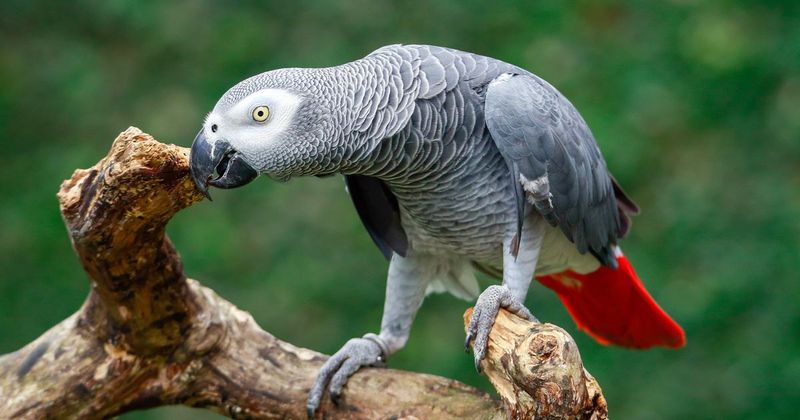
Foot tapping might seem like an avian dance move, but it’s a clever way to send a message. Often seen in parrots, this behavior can indicate impatience or excitement.
It’s a rhythmic, silent cue to express what they’re feeling or demand attention from their surroundings.
11. Body Posturing
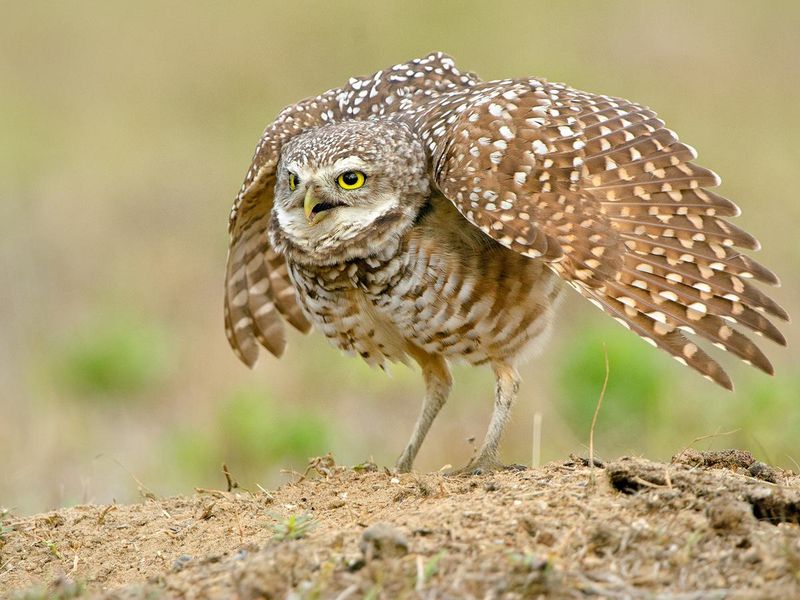
A bird’s stance can say more than a thousand tweets. Strong, upright postures convey confidence or a challenge, while a lowered body might show submission.
Body posturing is a visual statement of intent or mood. Each posture tells its own story.
12. Tail Wagging
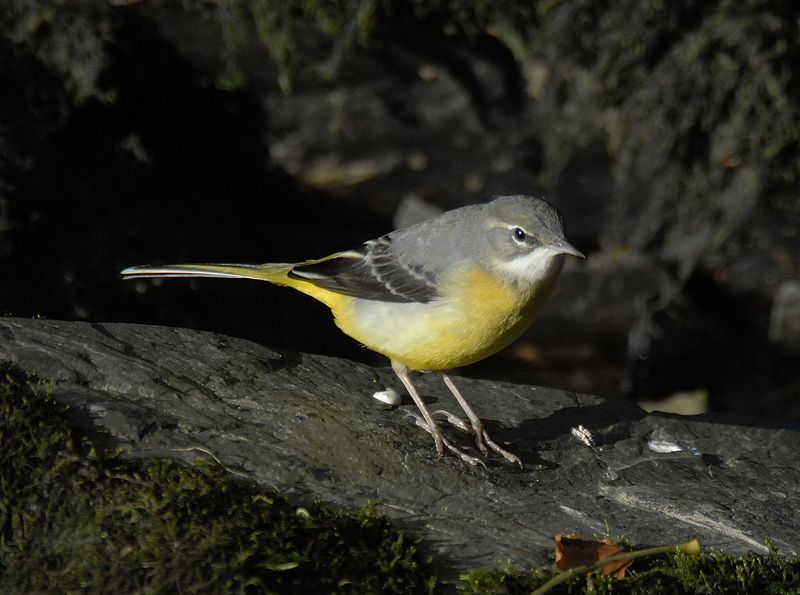
Tail wagging isn’t just for dogs – birds do it too! This behavior can express happiness or signal excitement. It’s like when we wave to catch someone’s attention.
Tail wagging is a joyful, dynamic way to spread cheer or alertness in their environment. The rhythmic motion is both an invitation and an announcement without uttering a single note.
13. Feather Raising
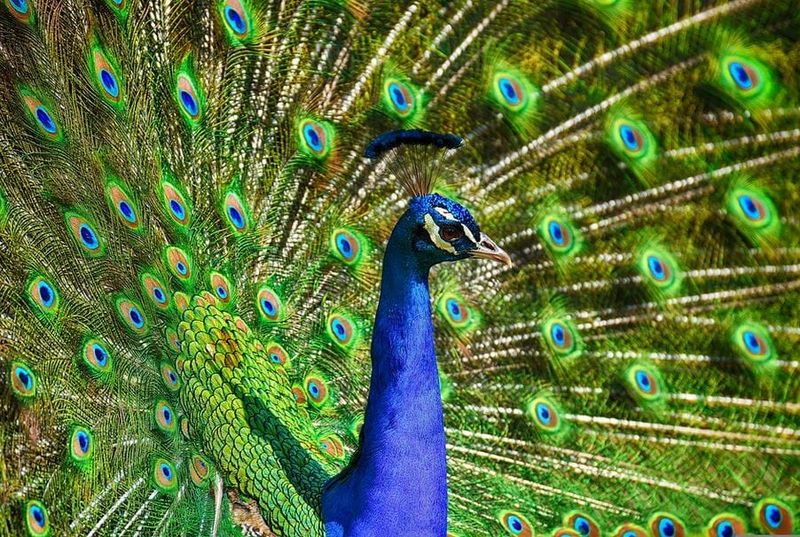
Raising feathers isn’t just about looking fabulous – it’s a bold statement. This gesture is used to intimidate or attract.
Birds use this visual cue to assert dominance or woo potential mates. It’s a flamboyant, silent message that’s hard to miss, echoing confidence and allure.
14. Foot Lifting
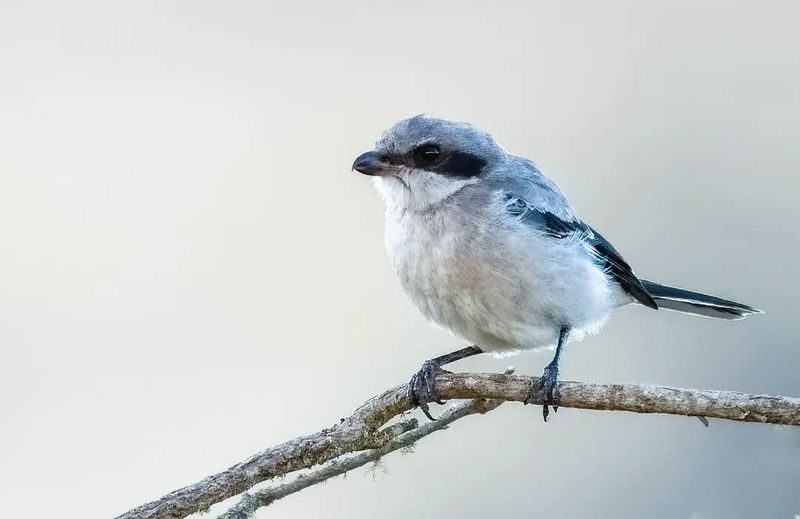
When a bird lifts its foot with precision, it’s not just practicing balance. Foot lifting can be a signal of readiness or curiosity. It’s like giving a subtle nod or gesture of interest.
This movement is an understated yet effective way to communicate anticipation or engagement. Birds use this as a quiet invitation to connect or explore their surroundings.
15. Neck Arching

A gracefully arched neck can be a swan’s way of showing elegance or invoking intrigue. This movement is both a display and a greeting.
It’s a silent dance of elegance and intent, conveying messages with poise and subtlety.


